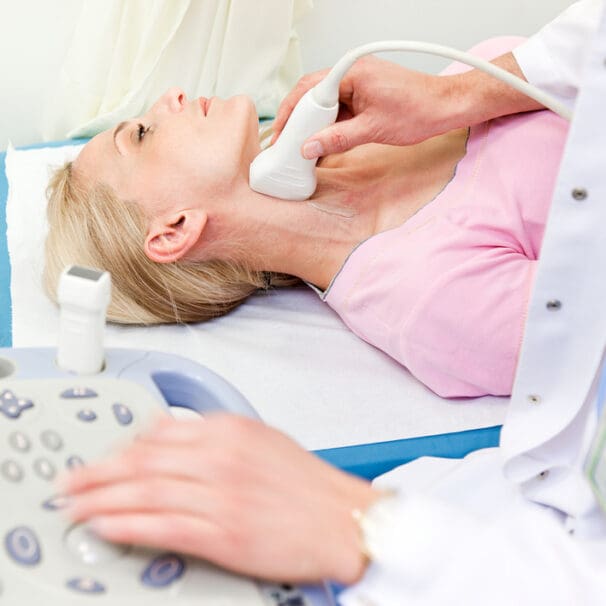HealthProviders DB is a comprehensive database of healthcare providers, including a complete directory of all vascular sonography technologists.
Radiologic Technologist Healthcare Taxonomy Code 2471V0105X
As of today, the following are the total number of Vascular Sonography Radiologic Technologists nationally, in your state, and near your location.
Select the State to show the list of Vascular Sonography Radiologic Technologists by State. In addition, you can also narrow the list by City and more from the filter panel.
Alaska – Alabama – Armed Forces Pacific – Arkansas – American Samoa – Arizona – California – Colorado – Connecticut – District of Columbia – Delaware – Florida – Federated States of Micronesia – Georgia – Guam – Hawaii – Iowa – Idaho – Illinois – Indiana – Kansas – Kentucky – Louisiana – Massachusetts – Maryland – Maine – Marshall Islands – Michigan – Minnesota – Missouri – Northern Mariana Islands – Mississippi – Montana – North Carolina – North Dakota – Nebraska – New Hampshire – New Jersey – New Mexico – Nevada – New York – Ohio – Oklahoma – Oregon – Pennsylvania – Puerto Rico – Palau – Rhode Island – South Carolina – South Dakota – Tennessee – Texas – Utah – Virginia – Virgin Islands – Vermont – Washington – Wisconsin – West Virginia – Wyoming
Medicare
The following are the total number of Vascular Sonography Radiologic Technologists who accept Medicare in your state, the number who have opted out of Medicare, and the total number excluded from participation in Medicare nationwide.
You can download the Vascular Sonography Radiologic Technologists dataset using HealthProviders DB Export.

What do Vascular Sonography Radiologic Technologists do?
Vascular sonography radiologic technologists utilize ultrasound to create images of a patient’s blood vessels and measure blood flow, thereby assisting doctors in diagnosing and treating conditions such as blood clots, blocked arteries, and aneurysms.
They perform non-invasive procedures in dimly lit rooms, operate complex imaging equipment, and analyze sonographic data to assist in patient care.
What they do
Perform non-invasive ultrasounds: They use high-frequency sound waves to produce detailed images of the body’s arteries and veins.
Assess blood flow: Using Doppler ultrasound technology, they measure the speed and direction of blood flow to identify issues.
Diagnose vascular conditions: They help diagnose a wide range of vascular disorders, including blood clots, blocked arteries, and aneurysms.
Operate and maintain specialized ultrasound equipment: They manage a range of ultrasound devices, including both stationary and portable units.
Record and interpret data: They record relevant information, such as blood pressure, limb volume changes, and oxygen saturation, and provide a summary of their findings to physicians.
Work with physicians: The images and data they collect are used by physicians (like radiologists, vascular surgeons, and cardiologists) to guide diagnosis and treatment plans.
Aspects
- Explain the procedure to patients and prepare them for the examination.
- Ensuring all necessary images are captured and that the study is complete.
- Maintaining equipment and computer archives of ultrasound images.
- Collaborating with a clinical team and making independent decisions in stressful situations.
Environment
Hospitals, Physician offices, Medical and diagnostic laboratories, and Other clinic settings.

